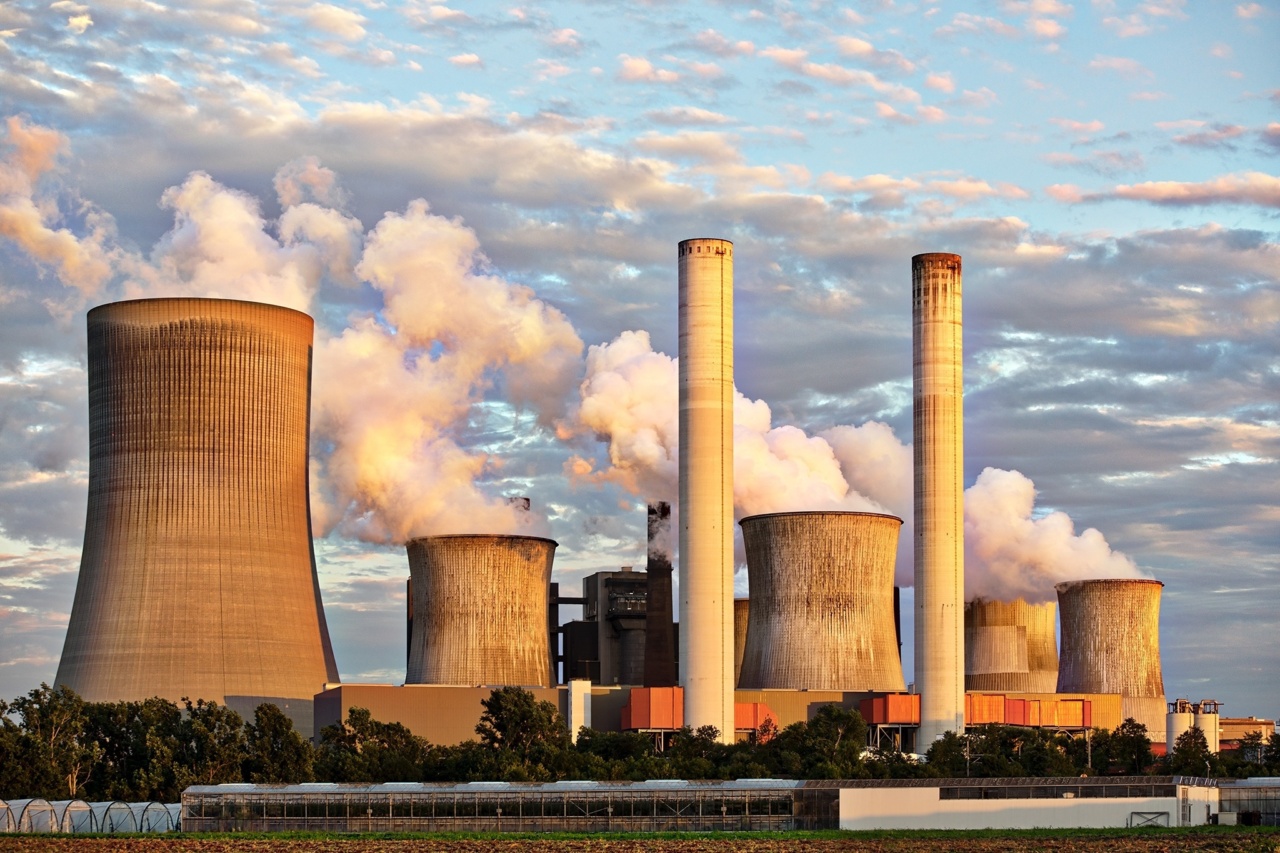Every day, millions of people all over the world are exposed to a silent killer that lingers in the air we breathe: air pollution.
While often invisible to the naked eye, air pollution is a significant threat to human health and has been linked to numerous respiratory and cardiovascular diseases. However, recent scientific studies have also established a strong association between air pollution and cancer development. In this article, we will explore how air pollution triggers cancer and the alarming consequences it poses to our well-being.
The Link Between Air Pollution and Cancer
Research conducted over the past few decades has shown a clear and alarming link between air pollution and cancer.
The pollutants present in the air can penetrate deep into our lungs and bloodstream, leading to a multitude of health problems, including cancer. Fine particulate matter (PM2.5), nitrogen dioxide (NO2), sulfur dioxide (SO2), and volatile organic compounds (VOCs) are some of the most common air pollutants associated with cancer development.
How Air Pollution Causes Cancer
Air pollution can trigger cancer through various mechanisms. One of the primary ways is by damaging the genetic material within our cells, causing mutations that can eventually lead to the development of cancer.
Additionally, the chemicals present in air pollutants can have direct toxic effects on our cells, disrupting important cellular processes and promoting the growth of cancer cells.
Lung Cancer: The Most Common Consequence
It is well-established that long-term exposure to air pollution significantly increases the risk of developing lung cancer.
Fine particulate matter, which consists of tiny particles suspended in the air, can easily be inhaled and deposited deep into the lungs. These particles may contain harmful substances, such as polycyclic aromatic hydrocarbons (PAHs), which are known to be carcinogenic. Over time, the accumulation of these substances in the lungs can lead to the growth of cancerous cells.
Other Types of Cancer Linked to Air Pollution
While lung cancer is the most commonly associated cancer with air pollution, it is not the only type affected. Several other types of cancer have been linked to air pollution, including:.
1. Breast Cancer
Studies have found a correlation between air pollution and the development of breast cancer. The chemicals present in air pollutants can disrupt hormonal balance and lead to DNA damage in breast cells, increasing the risk of cancer.
2. Bladder Cancer
Air pollutants, particularly arsenic and volatile organic compounds, have been found to increase the risk of bladder cancer.
These substances can be absorbed into the bloodstream through inhalation and eventually accumulate in the bladder, leading to cellular damage and cancer development.
3. Prostate Cancer
Multiple studies have identified a link between air pollution and prostate cancer.
The exact mechanisms are complex and still being explored, but it is believed that the oxidative stress caused by air pollutants plays a significant role in prostate cancer development.
4. Skin Cancer
While most of the attention is focused on the respiratory system, air pollution can also have detrimental effects on the skin. Ozone, a common air pollutant, has been associated with an increased risk of skin cancer.
Additionally, certain particulate matter can induce inflammation and oxidative stress, both of which are known to contribute to skin cancer formation.
The Global Impact
Air pollution knows no boundaries and affects people all around the world.
Developing countries, in particular, tend to have higher levels of air pollution due to factors such as industrial emissions, inefficient energy sources, and inadequate environmental regulations. However, no region is immune to the dangers of air pollution, and even developed countries face significant health risks.
Protecting Ourselves and the Environment
The fight against air pollution requires both individual and collective efforts. Some steps we can take to protect ourselves and reduce air pollution include:.
1. Using Public Transportation
Reducing the number of vehicles on the road can significantly decrease air pollution levels. Whenever possible, opt for public transportation instead of using personal vehicles, particularly in densely populated areas.
2. Embracing Renewable Energy
Transitioning to renewable energy sources, such as solar or wind power, can help reduce air pollution caused by the burning of fossil fuels. Supporting and advocating for the use of these clean energy sources is essential for a sustainable future.
3. Planting Trees
Trees act as natural filters, absorbing harmful pollutants from the air and releasing clean oxygen. Planting trees not only improves air quality but also helps mitigate the effects of climate change.
4. Supporting Stricter Environmental Regulations
Individual actions alone are not enough to combat air pollution. Stronger environmental regulations and policies are necessary to hold industries accountable for their emissions and ensure a cleaner and safer environment for all.
Conclusion
Air pollution is a silent killer that can no longer be ignored. Its association with cancer is a significant concern, highlighting the urgent need for global action to reduce pollution levels and protect human health.
By understanding the link between air pollution and cancer and taking proactive steps to minimize exposure, we can work towards a healthier future for generations to come.


























